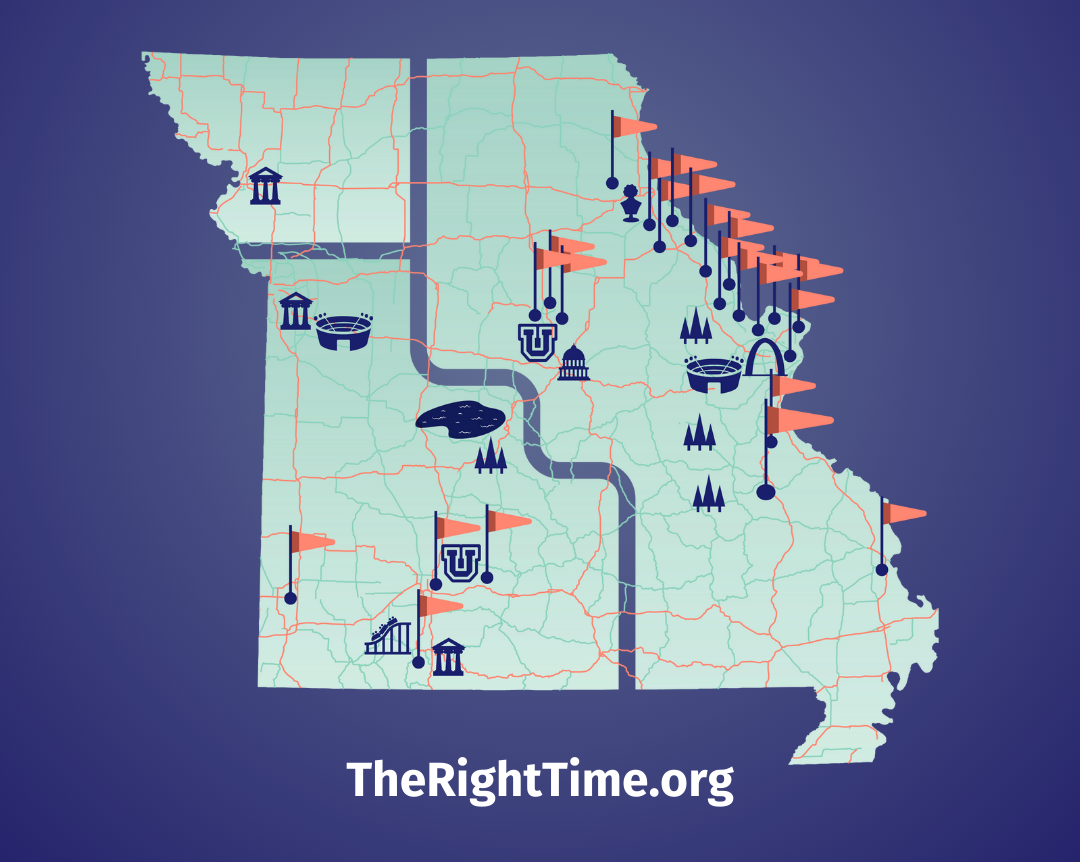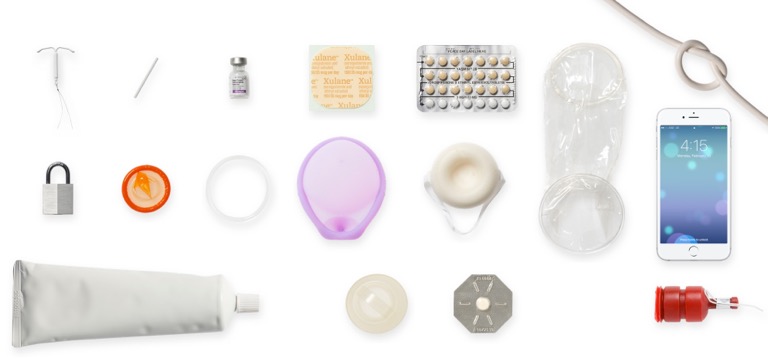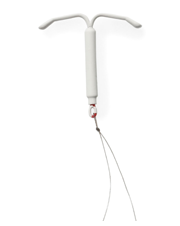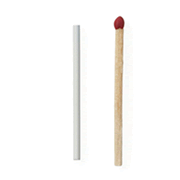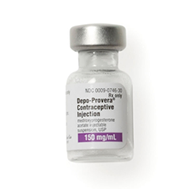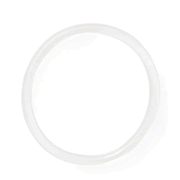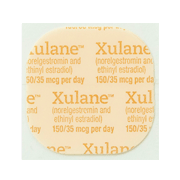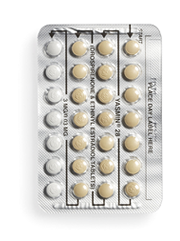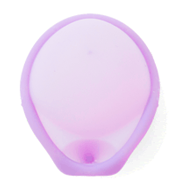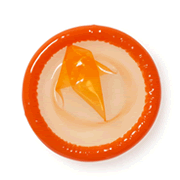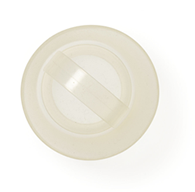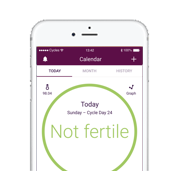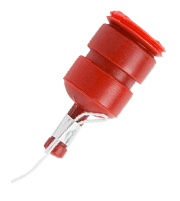What is a LARC?

To get an IUD or implant for free or at a low-cost, talk to a provider at your nearest The Right Time health center.
LARC stands for “long-acting reversible contraception” and refers to two types of birth control: the implant (which a provider places under the skin in your upper arm) and the IUD (which a provider places into your uterus). They are effective for years after they are placed—that’s the long-acting part—and totally reversible, so they don’t affect your chances of getting pregnant once you stop using them.
There is one implant (Nexplanon) and two types of IUDs available—one non-hormonal, copper IUD (Paragard) and four hormonal IUDs (Mirena, Liletta, Kyleena, and Skyla). Many people like these methods because you don’t have to remember to use them, and they are some of the most effective methods at preventing pregnancy.
If you’re interested in giving one of these methods a try, here are a few things to know. To get an IUD or implant for free or at a low-cost, make an appointment to talk to a provider at your nearest The Right Time health center.
- IUDs and implants are more than 99% effective at preventing pregnancy.
LARCs are more than 99% effective at preventing pregnancy. This means the implant and IUD are some of the most effective options of birth control available . Among those who use these methods for one year, fewer than 1 in 100 people will get pregnant. When used for longer, they are 20 times more effective than the pill, the ring, or the patch.
- IUDs and implants do not protect against STIs.
No method of birth control other than condoms, internal condoms, and not having sex at all offers protection from STIs. However, the IUD and the implant can be used with barrier methods, such as condoms and internal condoms, along with other strategies such as getting tested for STIs, taking PrEP for HIV (medication to reduce your risk of getting HIV) and getting vaccinated for HPV and hepatitis B to reduce your risk of STIs. When you use a barrier method or other strategies at the same time as you use an IUD or an implant, you get the benefits of the IUD and the implant (such as making your period lighter or shorter) while decreasing your risk of getting STIs.
- IUDs and implants can be removed at any time.
The IUD can last between three and 12 years (depending on the type you have) and the implant can last for five. However, that does NOT mean you have to use them for that long. If you want to remove your IUD or implant at any time, for any reason, a provider at your nearest The Right Time health center can remove it for you.
Related Content

Article
Birth Control & Your Period: What to ExpectBirth control often changes your period, and that’s normal and safe.
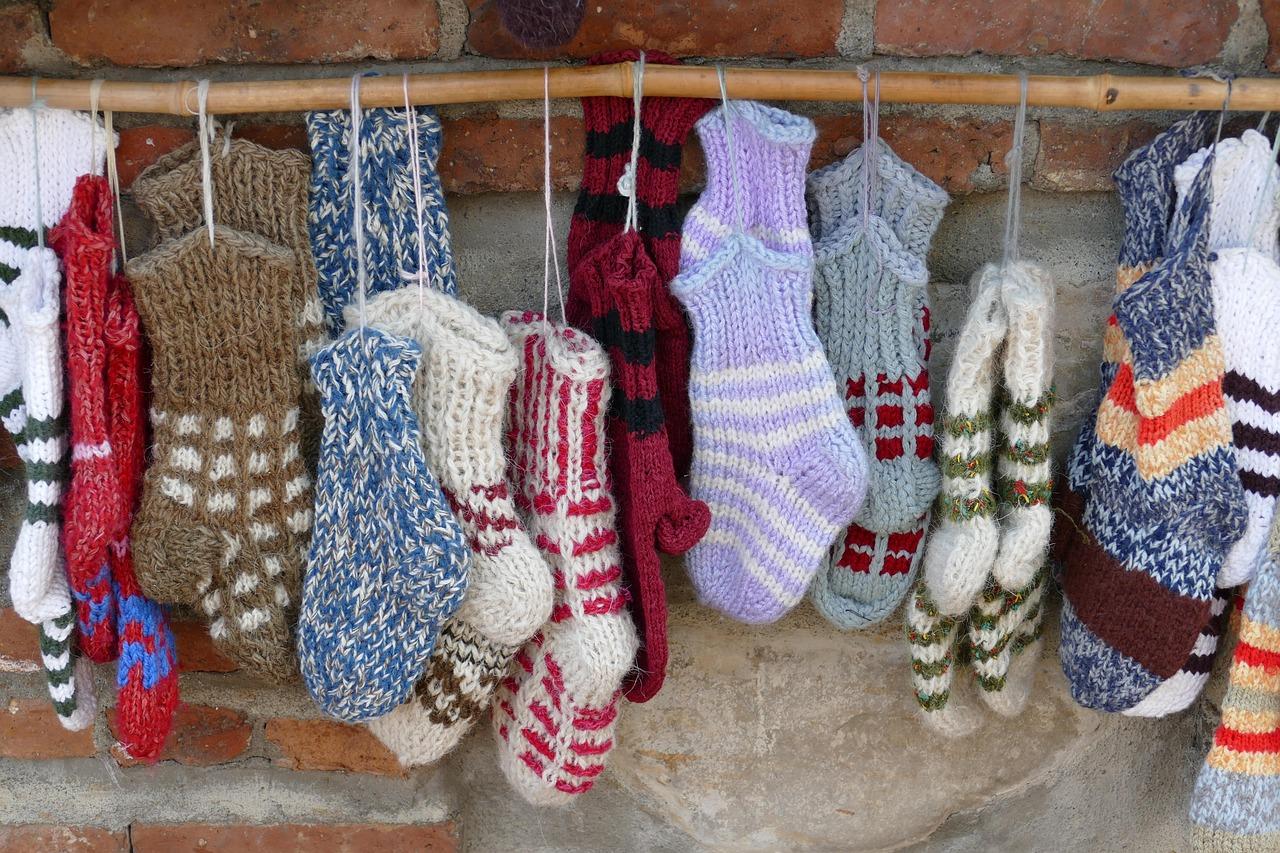
Article
Handling the “When Are You Having Kids?” Question Around the HolidaysRemember: your timeline is yours.

Article
What Should I Do After I Get Diagnosed with an STI?Getting an STI doesn’t change who you are.
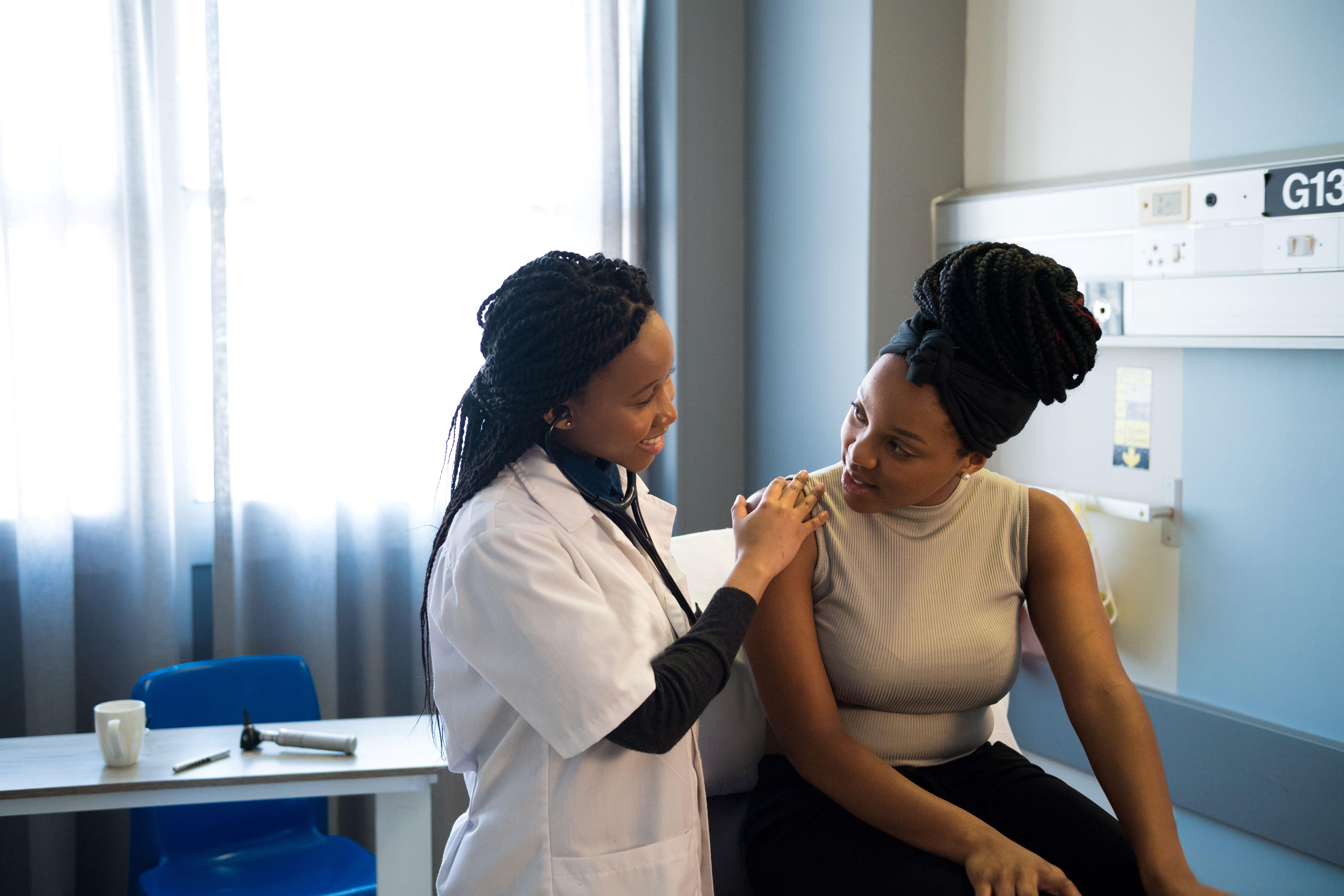
Article
How Can I Take Care of My Breast Health?Keeping up with routine preventative health visits can help catch any changes early.

